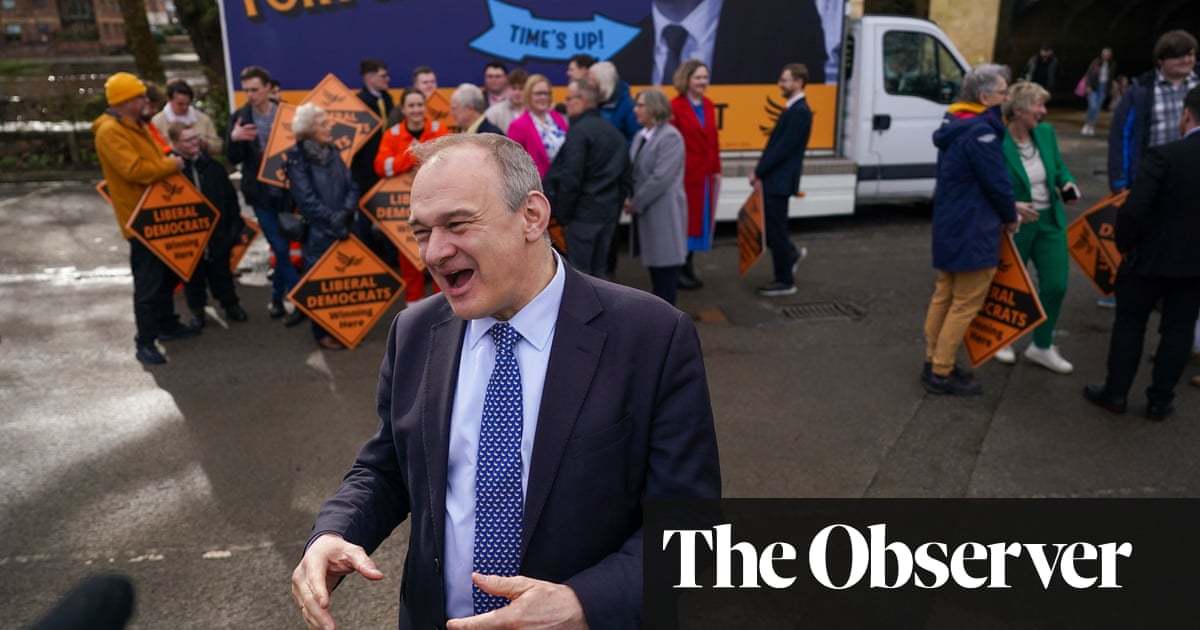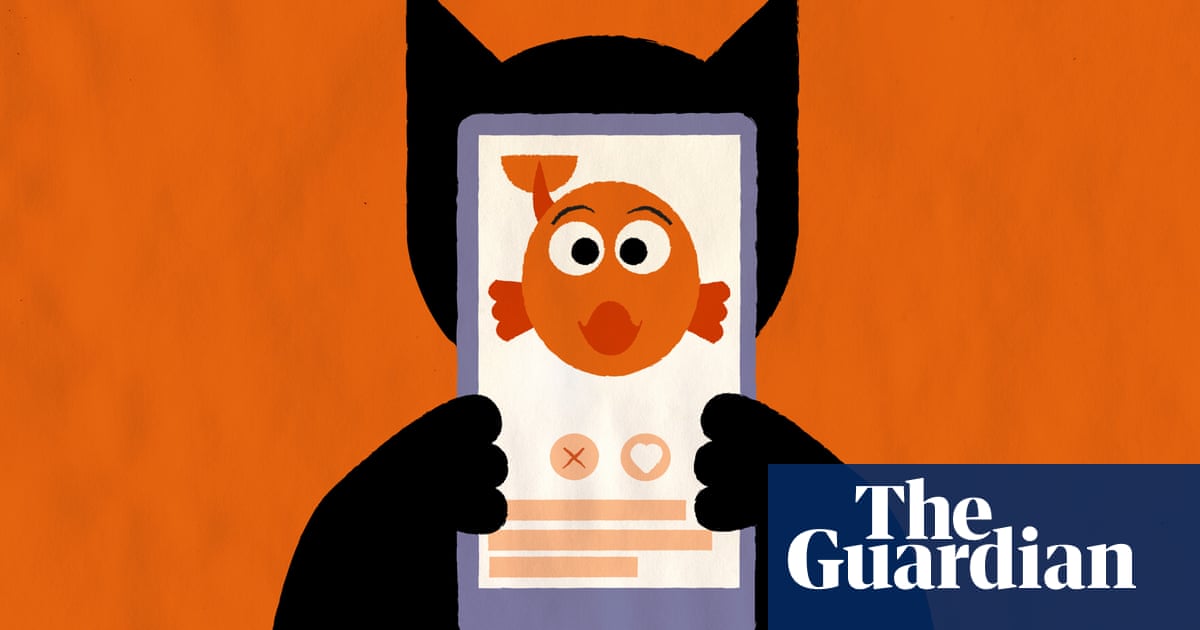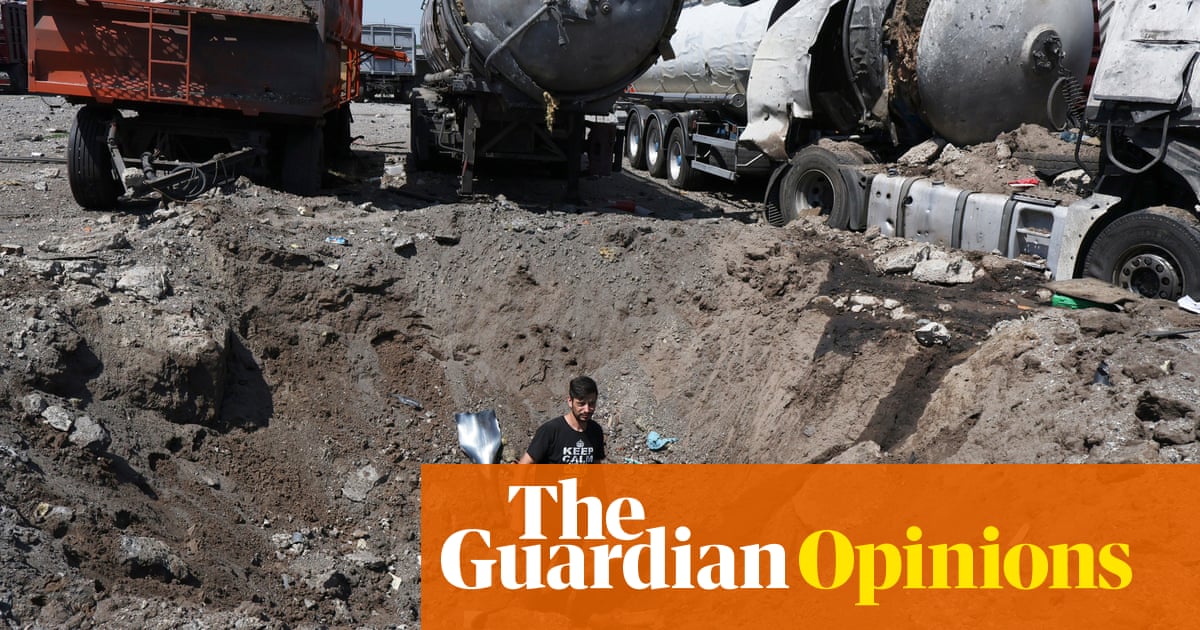
In season 2 of Sex and the City, Miranda – one of the main characters having sex in the city – gets asked out in an elevator. The man who asks her out is a recently divorced dad with an annoying son. Things end poorly. But the episode made Shanae, a 23-year-old Californian and part of the gen Z wave repopularizing the show, feel envious.
“I wished I lived in New York during that time,” she told me later. Specifically, when people asked each other out in person. “I guess people just didn’t have social media, so if you saw someone you thought was attractive, you just had to say something,” she says.
Much of dating today starts on our phones. In the past decade, online dating has eclipsed other ways of meeting romantic partners. In the US, three in 10 adults have used a dating app, according to the Pew Research Center; in 2022, 45% of Americans who were single and dating used online dating platforms. In the UK, 11% of online adults visited an online dating service in May 2023, according to a report from Ofcom.
And yet, like Shanae, many seem to be pining for the pre-dating app era. There have been countless articles, essays and teary viral posts about dating app fatigue. The complaints are legion: there are too many bots, swindlers and harassers; people don’t look like their pictures, can’t carry on a conversation, or ghost you. Users argue that popular profiles are effectively paywalled, and that the abstracting effect of a screen encourages bad behavior and unrealistic expectations – why waste time getting to know someone who is fine when someone perfect might be mere swipes away?
So there’s a growing appetite for alternative modes of dating. Speed dating is making a comeback. The apps themselves are offering opportunities for users to meet IRL. And then, there’s the more extemporaneous way of meeting – seeing a person you think looks cool and asking them out.
But after years of digital courtship, how do people really feel about asking out another human face-to-face? On dating advice forums, some users express discomfort at being asked out in person. Some fret that gen Z has forgotten how to flirt. Others worry about coming off creepy if they approach someone.
Even Shanae, who yearns for the more direct, Sex and the City approach, says she would be “weirded out” if someone asked her out in person.
“I would probably say no because it’s so uncommon,” she says.
The divide seems partly generational. In my informal survey process (texting people and bringing up this topic at parties), I found that millennials were more excited about meeting in person.
Claire (a pseudonym) said she asked a guy out about a month ago and that it felt “great”.
“It was a delight to go on a date and not be surprised by what somebody looks like or how it feels to physically be in their presence,” she says. She added that she “will never go back to the apps, no matter how this shakes out”.
Christianna, 29, said she’s met the last three people she’s dated in person: one at a house party, another at a concert and another at a queer line dancing event. Several men in their 30s said they barely use the apps and primarily meet people in person.
Gen Z, meanwhile, seems more ambivalent about the face-to-face approach, mostly because it’s no longer the norm. Precious, 20, says she would like to be asked out, but agrees that it’s just not common. “I feel like a lot of people have lost the skill to talk to people IRL,” she says.
Precious also has concerns about personal safety. “I see a lot of crazy shit on social media,” she says.
They also say approaching someone from behind a screen feels less daunting. For the most part, Shanae says, her peers find ways to talk online first: “Usually, when people meet each other, they’ll ask for their Instagram or number. I think Snapchat is a bit outdated now, but that used to be more popular.”
Precious says that she has asked out someone in person – but it was someone she already knew, and who had already expressed interest in her.
That our phones have atrophied our social muscles to some degree is no great shock. But Dr Michael Rosenfeld, professor of sociology at Stanford University, says there is a much bigger issue at play. “We are in a dating recession,” he says.
According to Rosenfeld’s data, there are roughly 60 million single adults in the US today, up from 47 million in 2017. Yet, he says, “all ways of dating are down”. This includes online dating as well as meeting at bars and restaurants, or through friends or family.
He attributes much of this romantic recession to the pandemic, which created new and scary barriers to dating, and stripped away the blitheness and excitement necessary to make dating fun.
“What could be more damaging to people’s dating and relationship prospects than a fear that any kind of physical intimacy, even just talking to another person face-to-face, could kill you or your grandma?” he says.
Rosenfeld is skeptical that people are tired of dating apps specifically. “In my experience,” he says, “single people looking for a partner are dissatisfied with all the ways of meeting until the day they find that person who put them into a relationship”. He believes that many people are still recovering from having lost two or three years of dating experience, which has been especially hard on adolescents and young adults.
“It’s going to take them a few years to recover and build up that social experience,” he says. “They need to be comfortable dating and experiencing.”
What is the way out of this dating recession, then? Is it asking people out in person? More apps? Matchmakers? Speed dating? Spells?
“I think we have to rely on the friskiness of young people to relight the fire and do what they’re best at,” he says, “which is to hang out and have fun.”












